Home>Gardening & Outdoor>Pool & Spa Care>How To Take Care Of Hot Tub
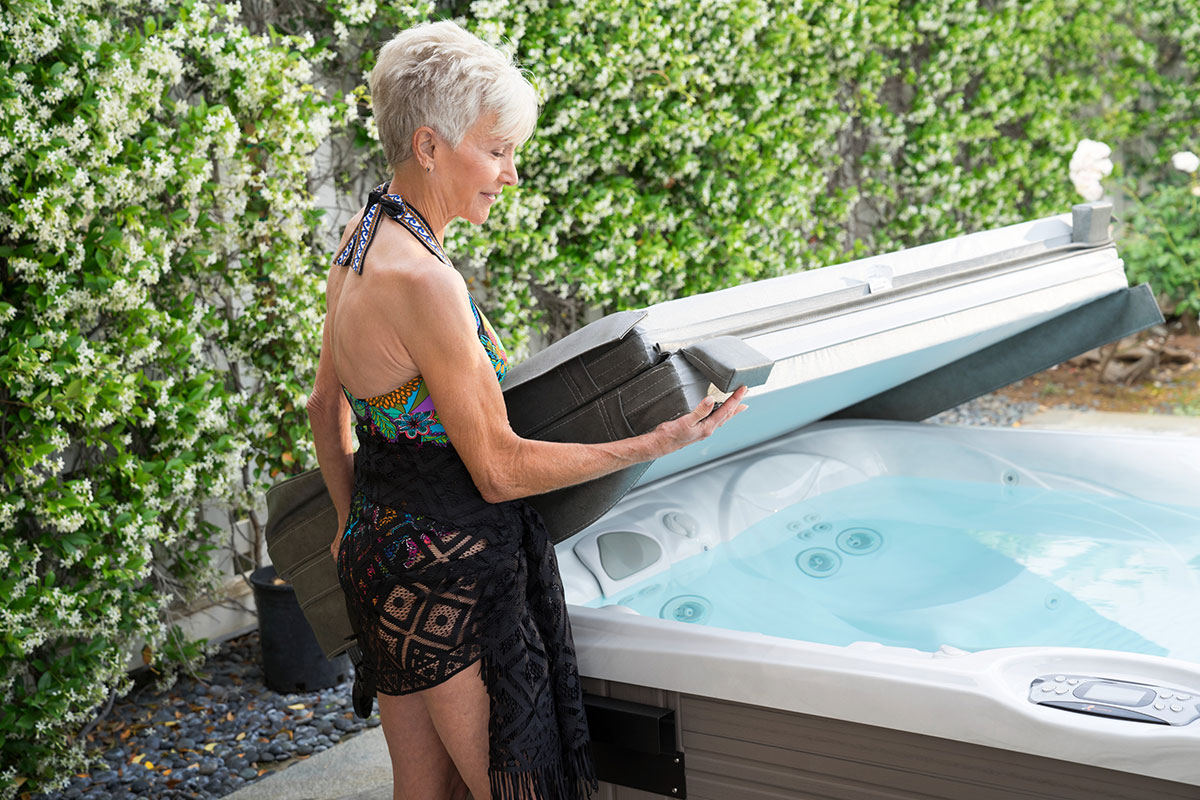

Pool & Spa Care
How To Take Care Of Hot Tub
Published: December 29, 2023
Learn the best practices for maintaining your pool and spa with our expert tips on hot tub care. Keep your hot tub clean and well-maintained for a relaxing and enjoyable experience. Unlock the secrets to proper pool and spa care now!
(Many of the links in this article redirect to a specific reviewed product. Your purchase of these products through affiliate links helps to generate commission for Storables.com, at no extra cost. Learn more)
Introduction
Welcome to the world of luxurious relaxation and hydrotherapy! Owning a hot tub is not only a delightful addition to your home, but it also requires regular care and maintenance to ensure it remains a safe and enjoyable oasis for you and your loved ones. This comprehensive guide will walk you through the essential steps for maintaining your hot tub, from choosing the perfect location to troubleshooting common issues. By following these tips, you can keep your hot tub in pristine condition, ready for you to unwind and soothe your muscles after a long day.
Let’s dive into the details of hot tub care, covering everything from cleaning and maintenance to water chemistry and troubleshooting. Whether you’re a seasoned hot tub owner or a newcomer to the world of hydrotherapy, this guide will equip you with the knowledge and confidence to keep your hot tub in top-notch condition.
Key Takeaways:
- Choose the perfect spot for your hot tub by considering sturdiness, accessibility, privacy, shelter, and utilities. This ensures a safe, secluded, and convenient oasis for relaxation.
- Keep your hot tub clean, maintain water chemistry, and inspect the cover and insulation regularly. This preserves a hygienic environment, extends the tub’s lifespan, and optimizes energy efficiency.
Read more: How To Take Hot Tub Cover Off
Choosing the Right Location
When it comes to setting up your hot tub, selecting the perfect location is crucial for both practical and aesthetic reasons. Here are some key considerations to keep in mind:
- Sturdy Ground: Ensure that the chosen location can support the weight of the hot tub, the water, and the occupants. A solid, level surface such as a concrete pad or reinforced deck is ideal.
- Accessibility: Position the hot tub in an easily accessible area, allowing for smooth entry and exit. Consider the convenience of accessing the hot tub from your home and providing a clear pathway to and from the tub.
- Privacy: Create a sense of seclusion and relaxation by placing the hot tub in a private spot, shielded from neighboring eyes. This can be achieved through strategic landscaping, fencing, or positioning the hot tub in a secluded area of your yard.
- Shelter from the Elements: While enjoying an open view of the sky can be appealing, consider the impact of direct sunlight, wind, and falling debris. Installing the hot tub in a partially sheltered area or under a gazebo can provide protection and enhance your overall experience.
- Utilities and Drainage: Ensure that the location allows for easy access to water and electrical connections. Additionally, consider the drainage of the area to prevent water from pooling around the hot tub.
By carefully selecting the location for your hot tub, you can create a welcoming and functional space that complements your lifestyle while ensuring the longevity and efficiency of your hot tub.
Cleaning and Maintenance
Regular cleaning and maintenance are essential for preserving the cleanliness, functionality, and longevity of your hot tub. By incorporating the following practices into your routine, you can ensure a hygienic and enjoyable soaking experience:
- Surface Cleaning: Wipe down the interior and exterior surfaces of the hot tub regularly to remove any dirt, debris, or water lines. Use a non-abrasive cleaner specifically designed for hot tubs to maintain the pristine condition of the tub’s shell.
- Filter Maintenance: Clean or replace the hot tub’s filters as recommended by the manufacturer. Clogged or dirty filters can compromise water circulation and filtration, leading to poor water quality and strain on the pump.
- Water Draining and Refilling: Periodically drain the hot tub’s water, thoroughly clean the interior surfaces, and refill it with fresh water. This process helps prevent the buildup of contaminants and maintains balanced water chemistry.
- Chemical Balance: Regularly test the water’s pH, alkalinity, and sanitizer levels using a reliable test kit. Adjust the chemical balance as needed to ensure safe and comfortable water conditions for soaking.
- Cover Care: Clean and inspect the hot tub cover, ensuring that it remains free of tears, mold, and mildew. A well-maintained cover helps conserve energy, keeps debris out of the water, and prolongs the life of the hot tub.
- Equipment Inspection: Routinely inspect the hot tub’s components, including the heater, jets, and control panel, for any signs of wear, damage, or malfunction. Address any issues promptly to prevent further damage and maintain optimal performance.
By adhering to a consistent cleaning and maintenance schedule, you can safeguard the integrity of your hot tub, promote a healthy and inviting environment, and extend the lifespan of its components.
Water Chemistry
Maintaining proper water chemistry is fundamental to the health, safety, and comfort of your hot tub. By understanding and managing the chemical balance of the water, you can ensure a pristine and inviting soaking environment. Here are the key elements of hot tub water chemistry:
- pH Level: The pH level indicates the acidity or alkalinity of the water. Aim for a pH level between 7.2 and 7.8, which is slightly alkaline and comfortable for soaking. Use pH increasers or decreasers as needed to adjust the pH level.
- Alkalinity: Total alkalinity acts as a buffer for the pH level, helping to prevent rapid fluctuations. Maintain alkalinity within the range of 80 to 120 parts per million (ppm) to support stable pH levels and water balance.
- Sanitization: Effective sanitization is crucial for eliminating bacteria, algae, and other contaminants in the water. Chlorine, bromine, or alternative sanitizers work to disinfect the water and maintain a hygienic environment for soaking.
- Shock Treatment: Periodic shock treatments help oxidize organic compounds and refresh the water by eliminating odors and restoring clarity. Follow the manufacturer’s guidelines for shock treatment frequency and dosage.
- Calcium Hardness: Proper calcium hardness prevents water from becoming corrosive or causing scale buildup. Aim for a calcium hardness level between 150 and 250 ppm to protect the hot tub’s components and maintain water balance.
- Testing and Adjustment: Regularly test the water’s chemical levels using a reliable test kit and adjust the chemistry as needed to maintain optimal balance. Consistent monitoring and adjustment are essential for preserving water quality and bather comfort.
By diligently monitoring and managing the water chemistry of your hot tub, you can create a safe, inviting, and rejuvenating environment for relaxation while safeguarding the integrity of the hot tub’s components.
Regularly clean and sanitize your hot tub to prevent bacteria growth. Test the water chemistry weekly and adjust as needed to maintain proper balance. Keep the hot tub covered when not in use to conserve energy and prevent debris from entering.
Covering and Insulation
The cover and insulation of your hot tub play pivotal roles in preserving energy, maintaining water temperature, and protecting the tub from external elements. Understanding the significance of covering and insulation can help you optimize the efficiency and longevity of your hot tub.
Hot Tub Cover: A high-quality, well-fitted cover is essential for conserving energy, minimizing heat loss, and preventing debris from entering the water. When not in use, keeping the hot tub covered helps retain heat, reduces evaporation, and minimizes the workload on the heating system. Additionally, a sturdy cover provides a layer of safety by preventing unauthorized access to the hot tub.
Insulation: Efficient insulation is crucial for maintaining water temperature and reducing energy consumption. Well-insulated hot tubs can retain heat more effectively, leading to lower operational costs and a smaller environmental footprint. Insulation also helps protect the hot tub’s components from extreme temperature fluctuations, contributing to their longevity and performance.
When selecting or maintaining a hot tub cover, consider the following factors:
- Material Quality: Choose a durable, weather-resistant cover constructed from high-quality materials to ensure longevity and effectiveness.
- Proper Fit: Ensure that the cover fits snugly over the hot tub, forming a secure seal to prevent heat loss and maintain energy efficiency.
- Maintenance: Regularly clean and inspect the cover to remove debris, prevent mold or mildew growth, and address any signs of wear or damage promptly.
- Insulation Enhancement: Consider additional insulation options, such as thermal blankets or foam inserts, to enhance the heat retention capabilities of the hot tub.
By prioritizing the care and maintenance of your hot tub cover and insulation, you can optimize energy efficiency, protect the hot tub from external elements, and create a more sustainable and cost-effective soaking experience.
Read more: How Long Does A Hot Tub Take To Fill
Troubleshooting and Repairs
Even with diligent care and maintenance, hot tubs may encounter occasional issues that require troubleshooting and repairs. Familiarizing yourself with common problems and their solutions can empower you to address issues promptly and preserve the functionality of your hot tub. Here are some common troubleshooting steps and repair considerations:
- Water Quality Concerns: If you notice cloudy or discolored water, unusual odors, or skin irritation, test the water chemistry and adjust the chemical balance as needed. Consider shock treating the water to address organic contaminants and restore clarity.
- Heating Issues: If the water is not reaching the desired temperature or the heating system is malfunctioning, check for proper power supply, clean the filter, and inspect the heater and thermostat for any signs of damage or malfunction. Consult the manufacturer’s guidelines for troubleshooting heating problems.
- Jet and Pump Problems: Reduced jet pressure or unusual pump noises may indicate clogged filters, airlocks, or pump malfunctions. Clean or replace the filters, bleed air from the system, and inspect the pump and associated components for any issues.
- Leak Detection: If you notice water pooling around the hot tub or a drop in water level, carefully inspect the tub’s shell, fittings, and plumbing for leaks. Address any leaks promptly to prevent water damage and maintain water integrity.
- Control Panel Malfunctions: If the control panel displays error codes or fails to respond, check the power supply, inspect the wiring and connections, and reset the control panel as recommended by the manufacturer. Seek professional assistance if necessary.
- Cover and Insulation Damage: If the hot tub cover shows signs of wear, tear, or water absorption, consider repairing or replacing it to maintain energy efficiency and protection. Inspect the insulation for damage or deterioration and address any issues promptly.
When encountering more complex issues or those requiring technical expertise, it is advisable to seek assistance from qualified hot tub technicians or service professionals. Prompt attention to troubleshooting and repairs can prevent minor issues from escalating and ensure the uninterrupted enjoyment of your hot tub.
Conclusion
As you embark on your hot tub ownership journey, embracing the responsibilities of maintenance and care is essential for maximizing the enjoyment and longevity of your investment. By selecting the right location, adhering to a diligent cleaning and maintenance routine, managing water chemistry, prioritizing covering and insulation, and addressing troubleshooting and repairs, you can create a safe, inviting, and rejuvenating environment for relaxation and hydrotherapy.
Remember that regular attention to your hot tub’s needs not only enhances your soaking experience but also safeguards the integrity of the tub’s components, promotes energy efficiency, and contributes to a healthier and more sustainable lifestyle. Whether you’re unwinding after a long day, hosting gatherings with friends and family, or seeking therapeutic relief, a well-maintained hot tub can be a source of joy and rejuvenation for years to come.
Embrace the rewarding journey of hot tub ownership, and let the soothing waters become a cherished sanctuary within your home. By integrating these care and maintenance practices into your routine, you can savor the countless benefits of owning a hot tub while ensuring its enduring performance and allure.
Here’s to many tranquil and rejuvenating moments in your beautifully maintained hot tub!
Frequently Asked Questions about How To Take Care Of Hot Tub
Was this page helpful?
At Storables.com, we guarantee accurate and reliable information. Our content, validated by Expert Board Contributors, is crafted following stringent Editorial Policies. We're committed to providing you with well-researched, expert-backed insights for all your informational needs.
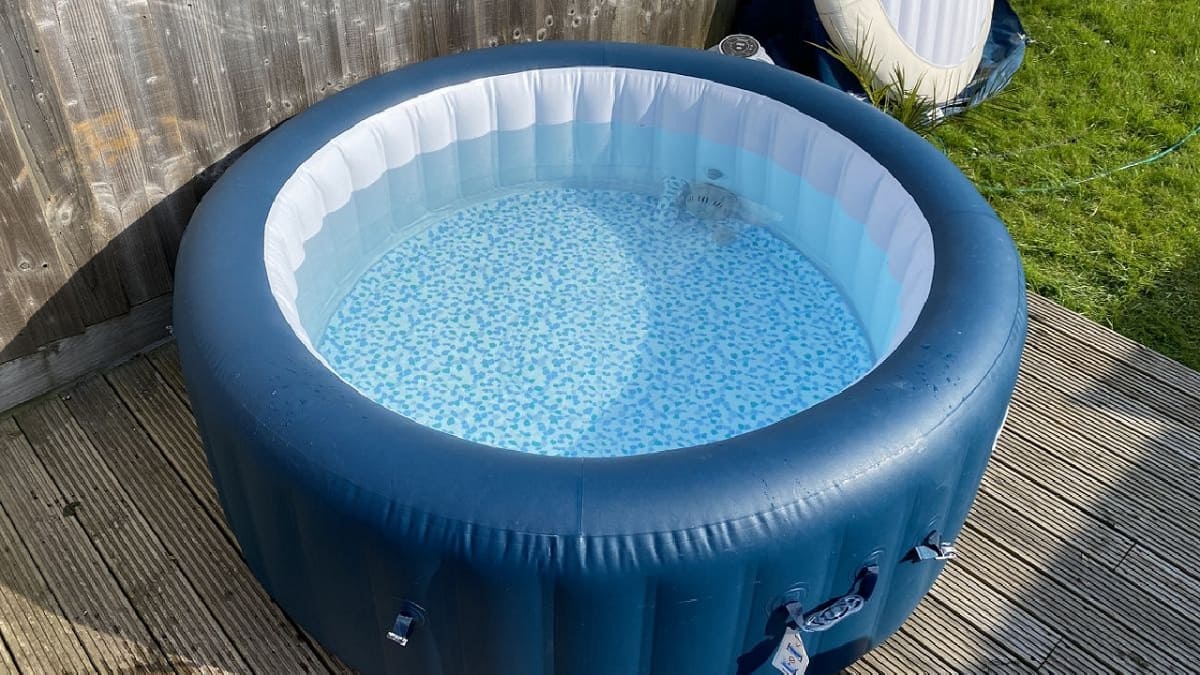
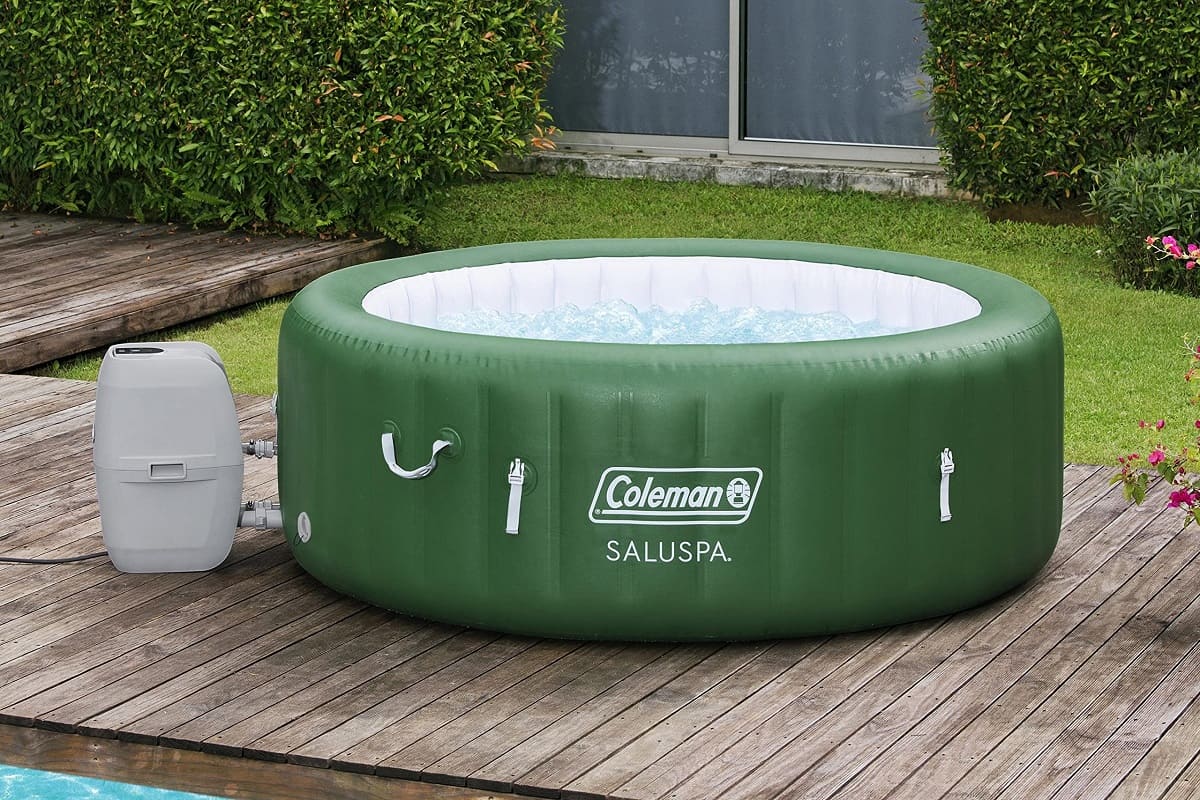
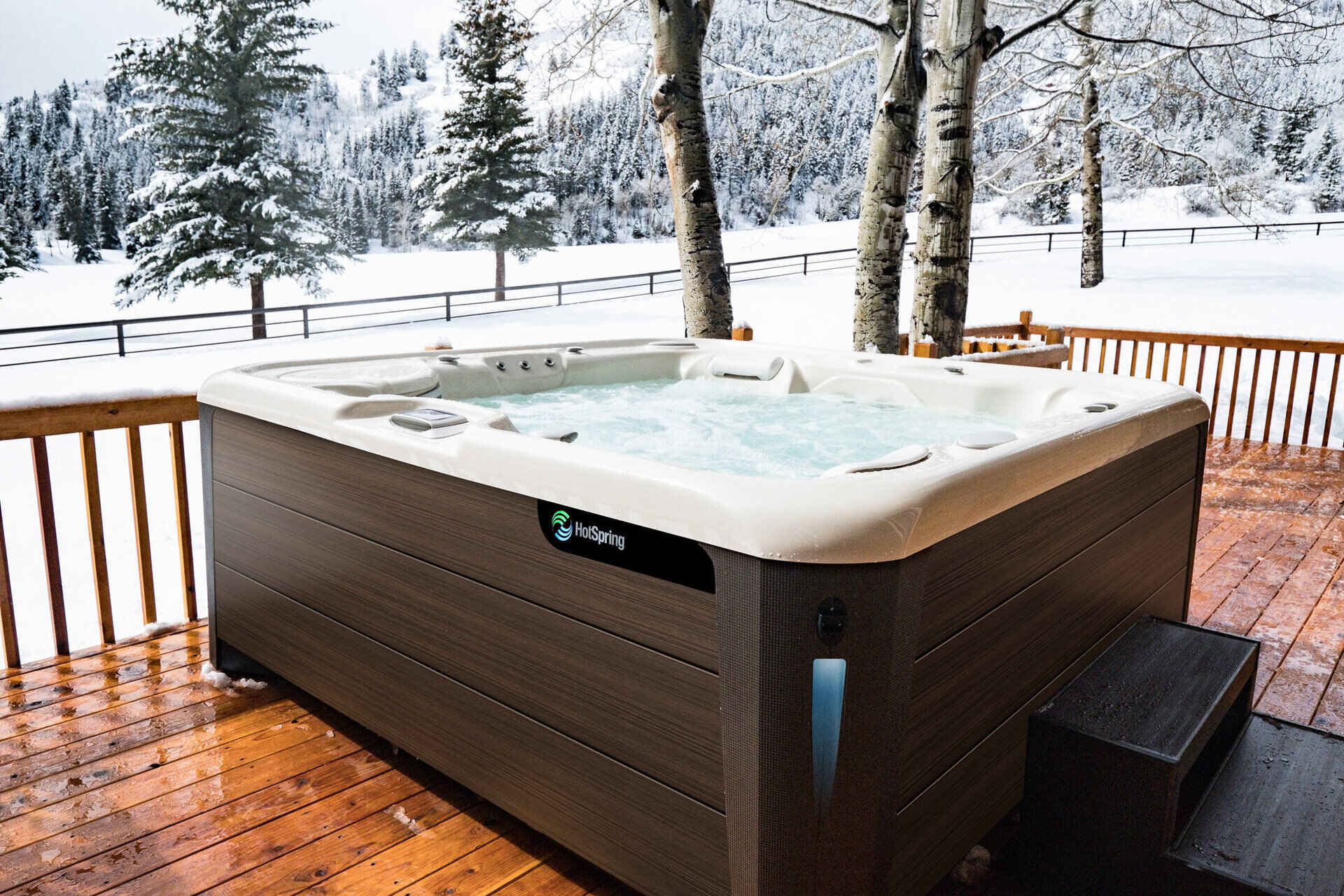
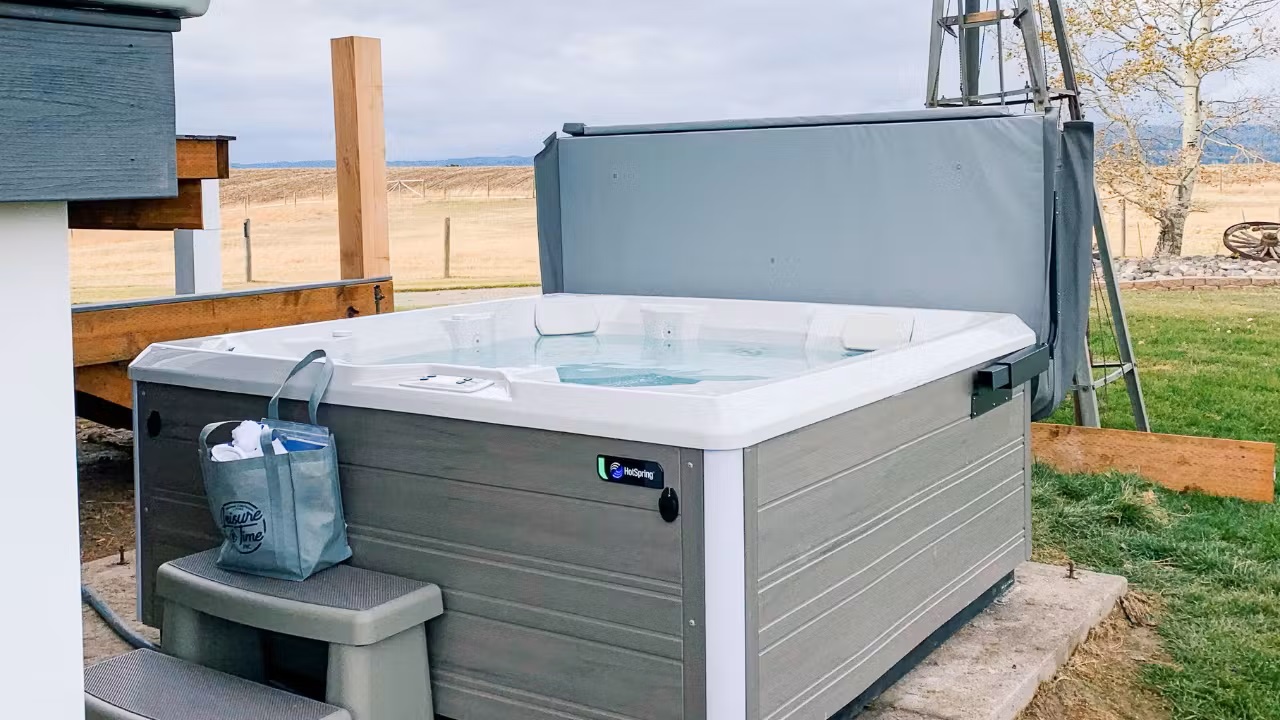
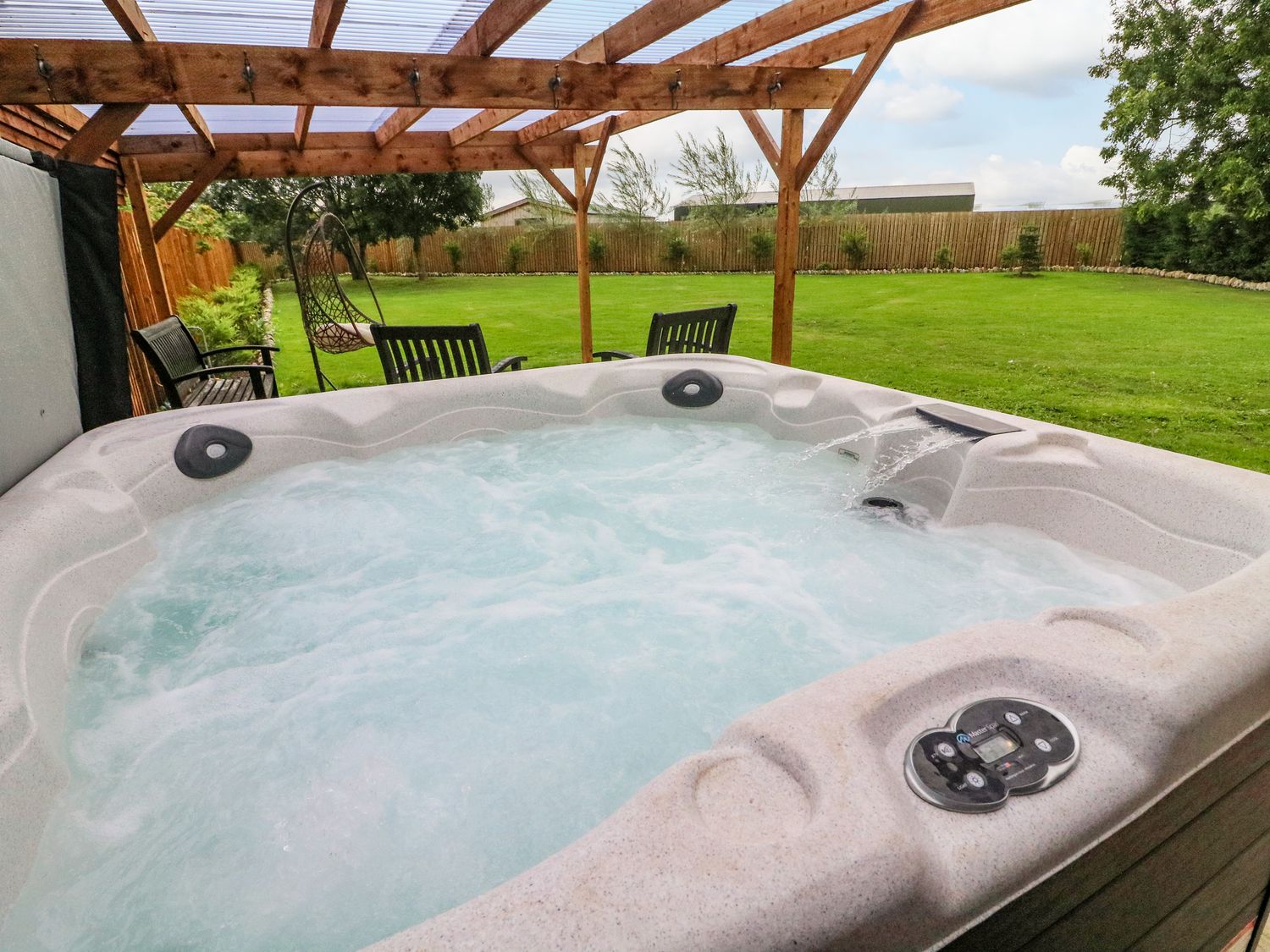
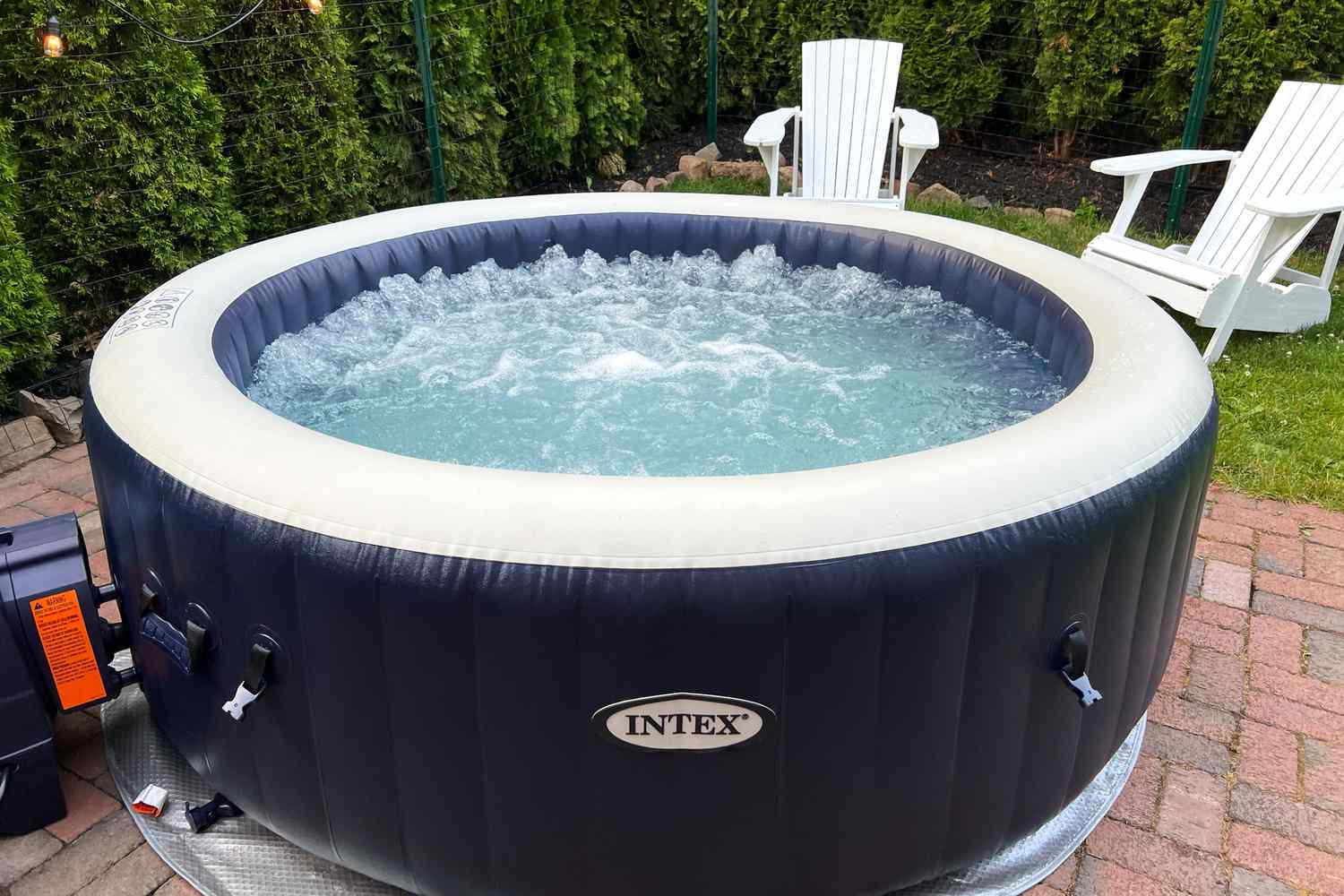
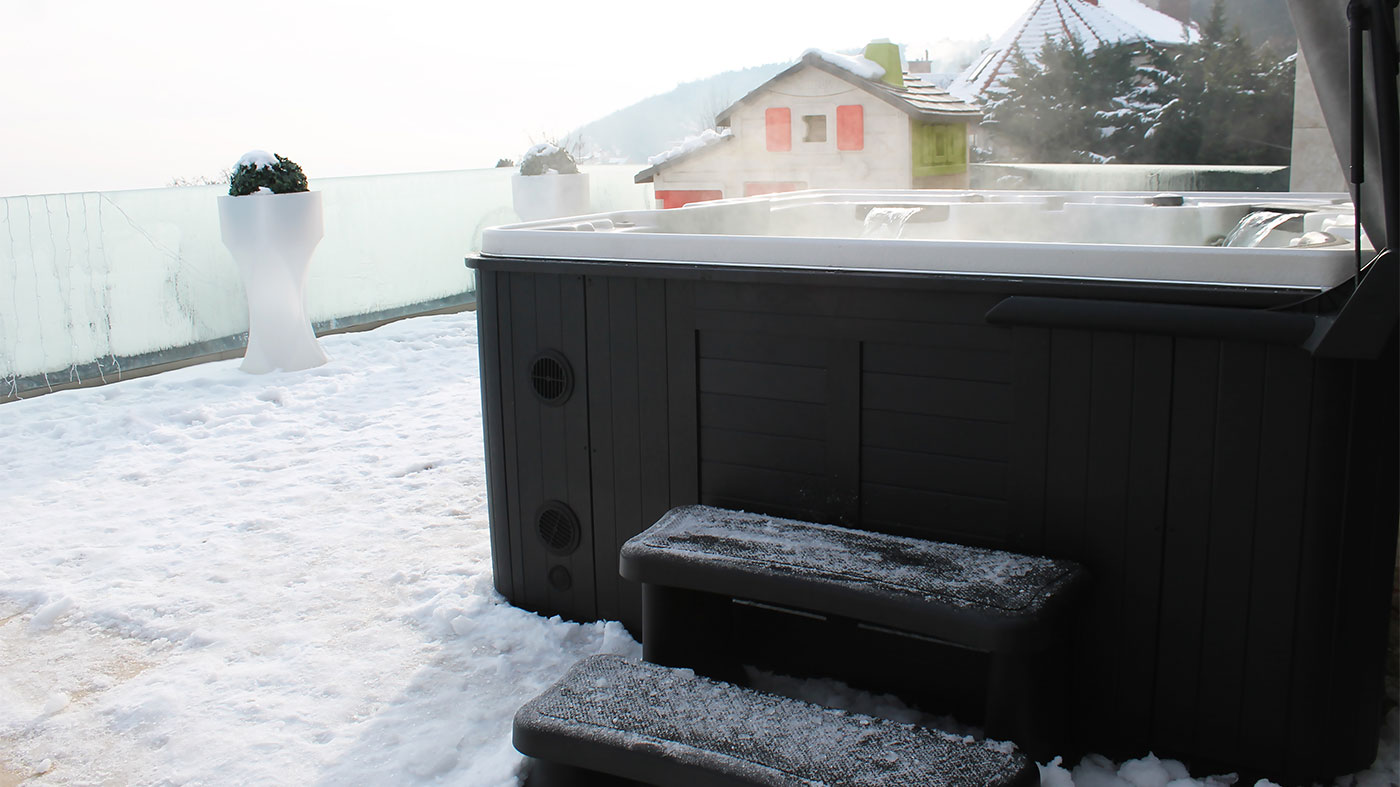
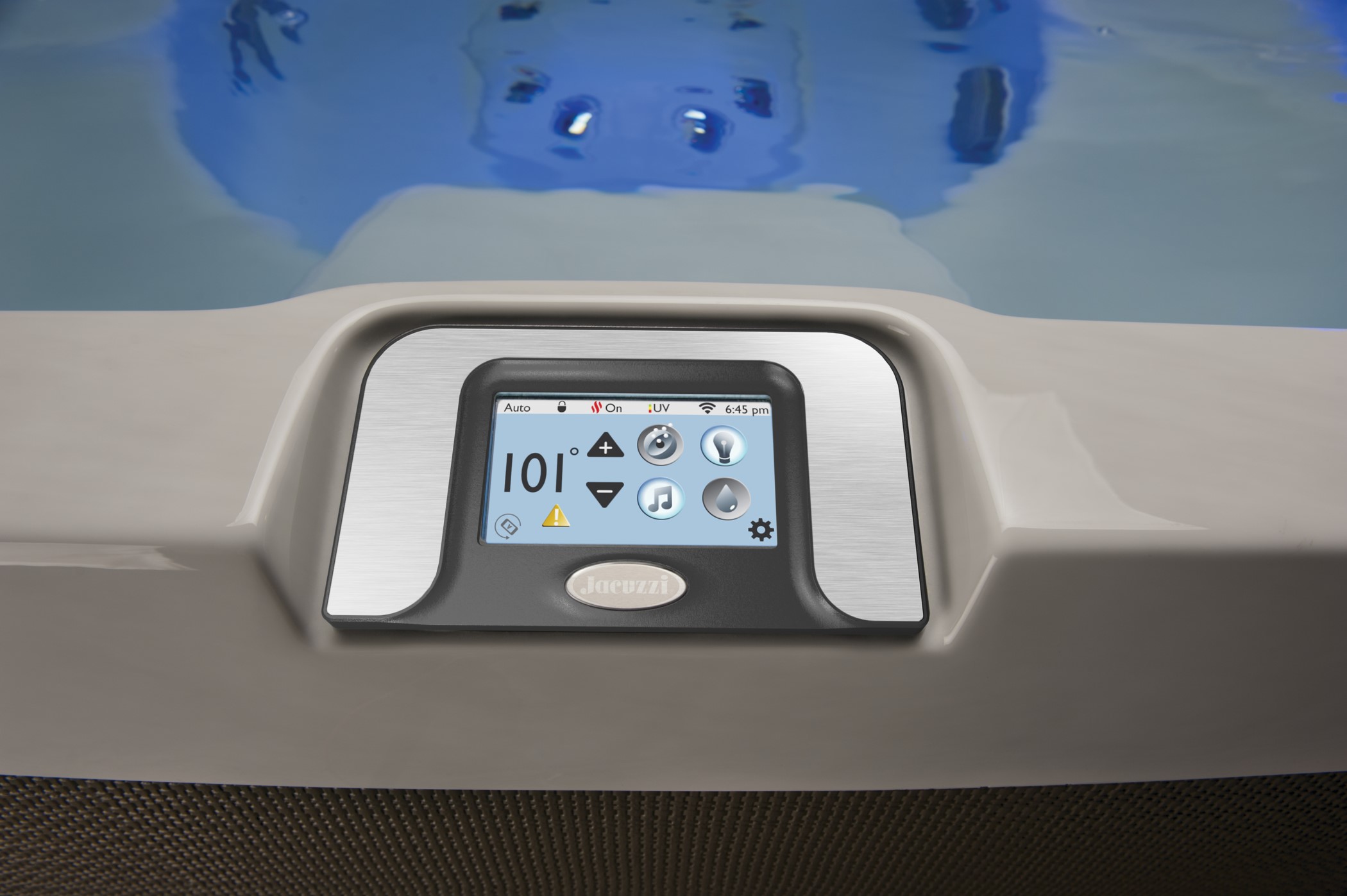
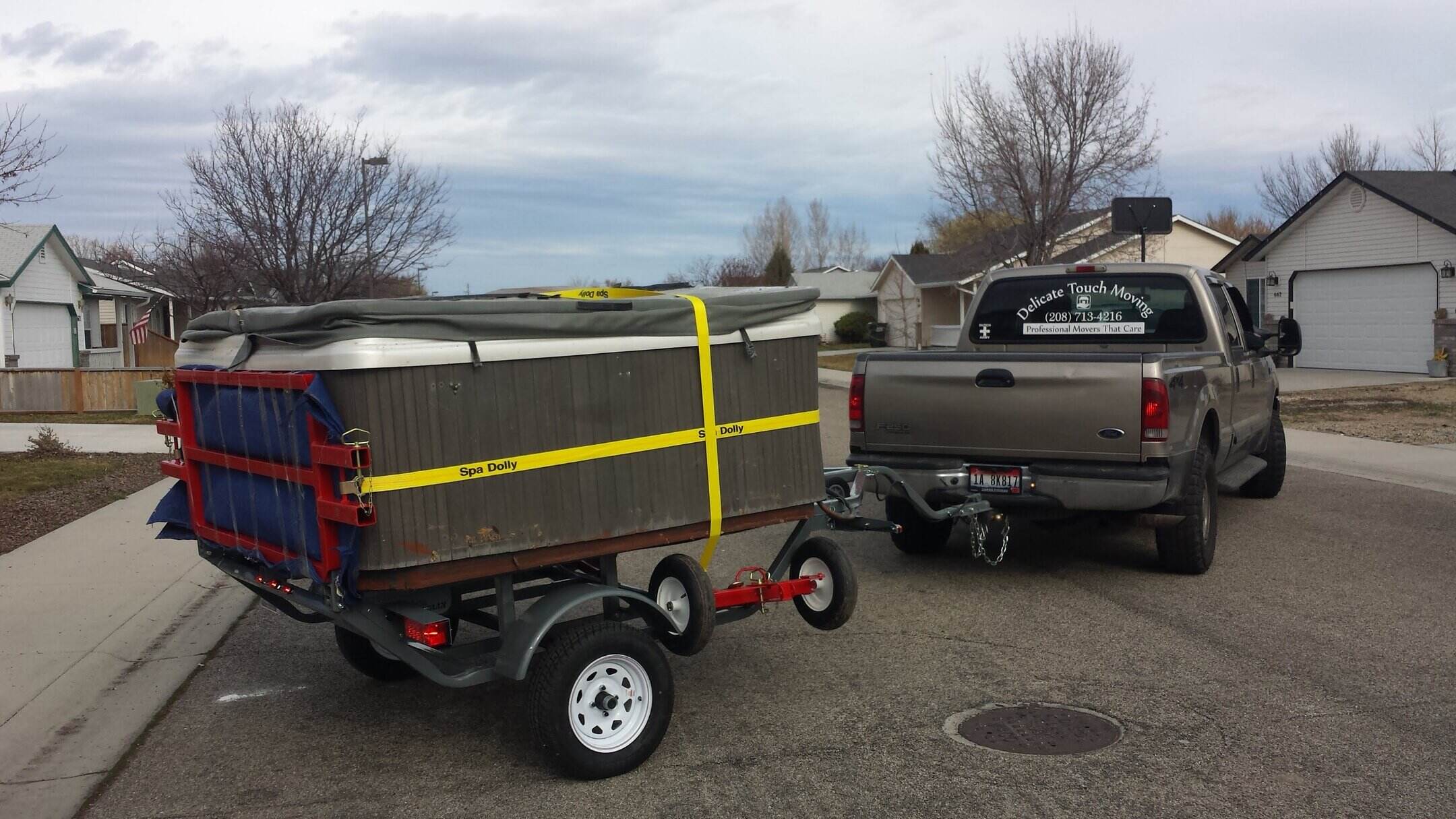
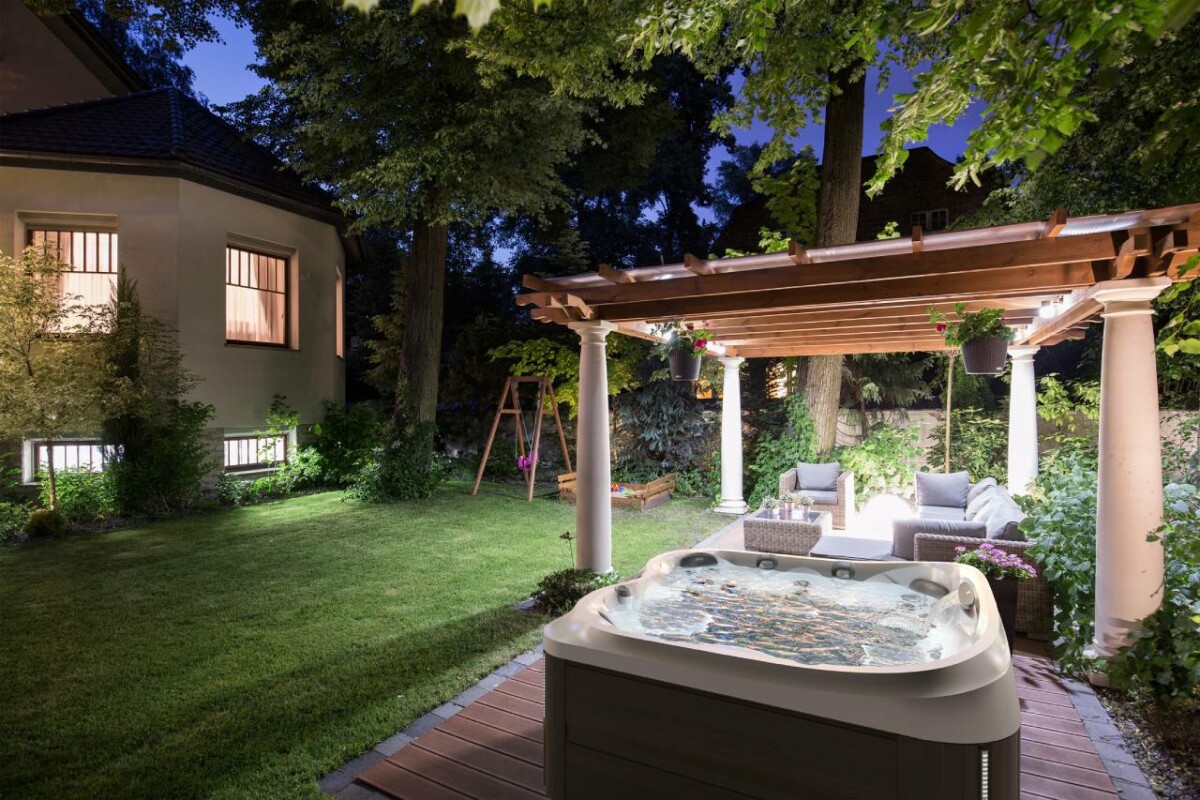
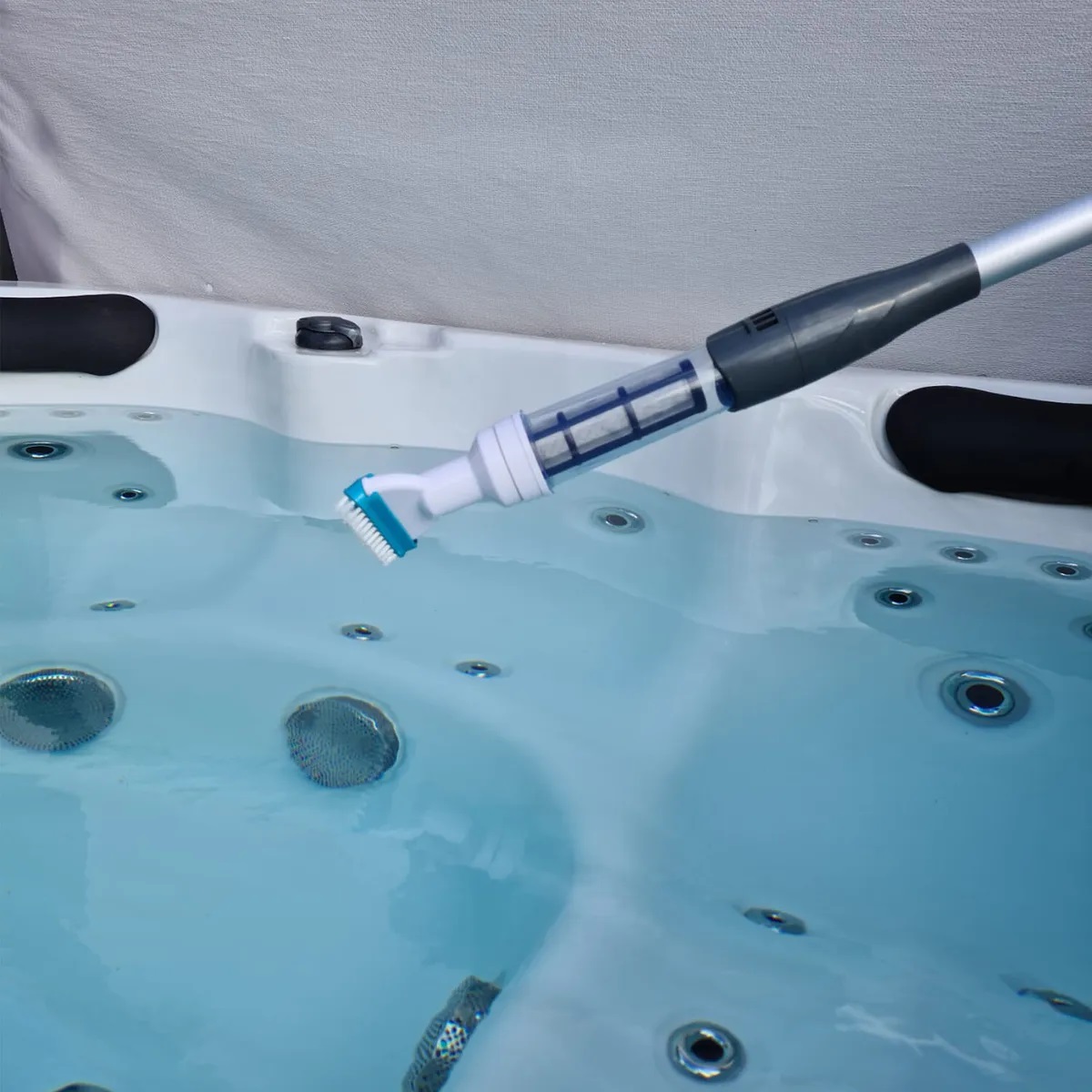
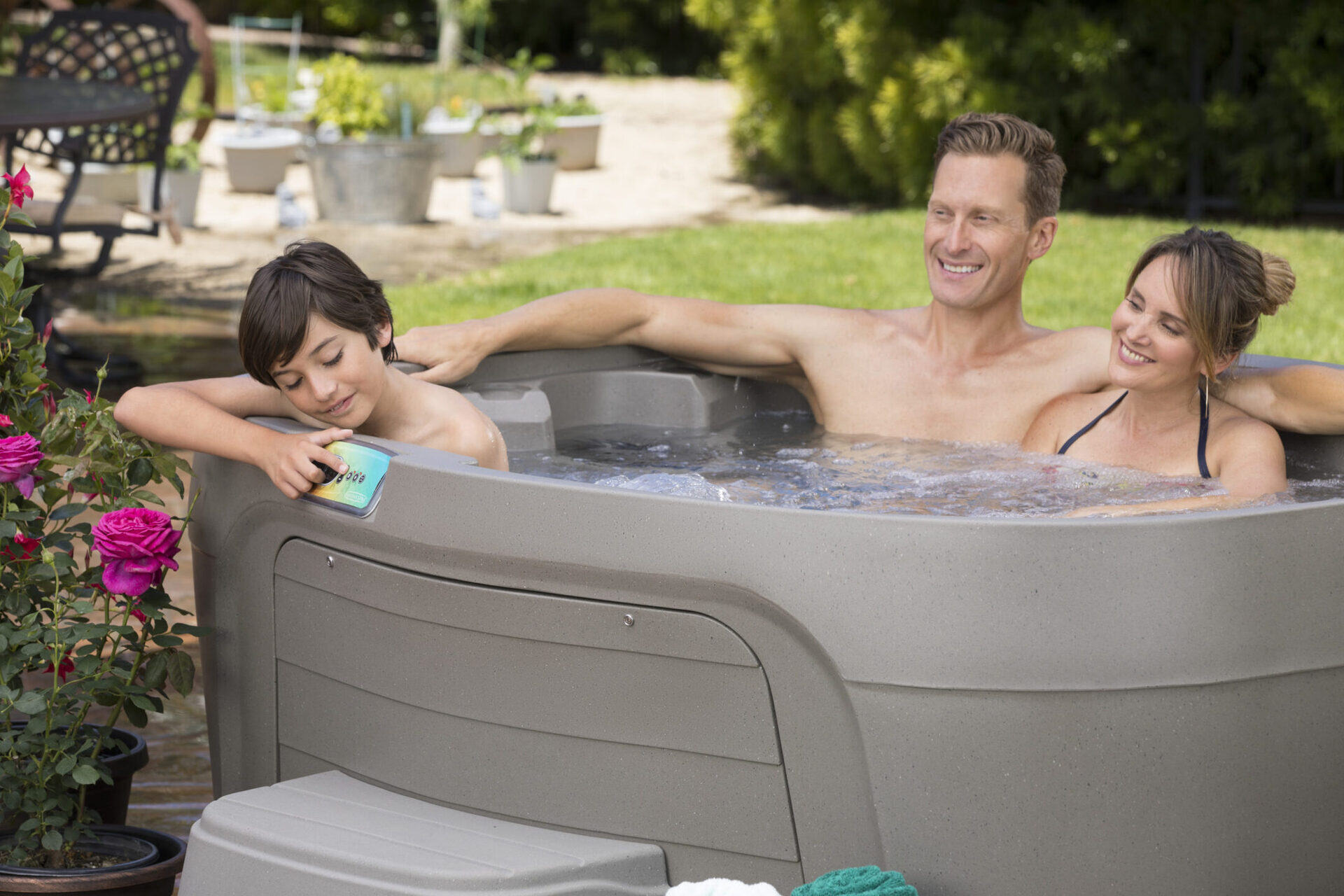
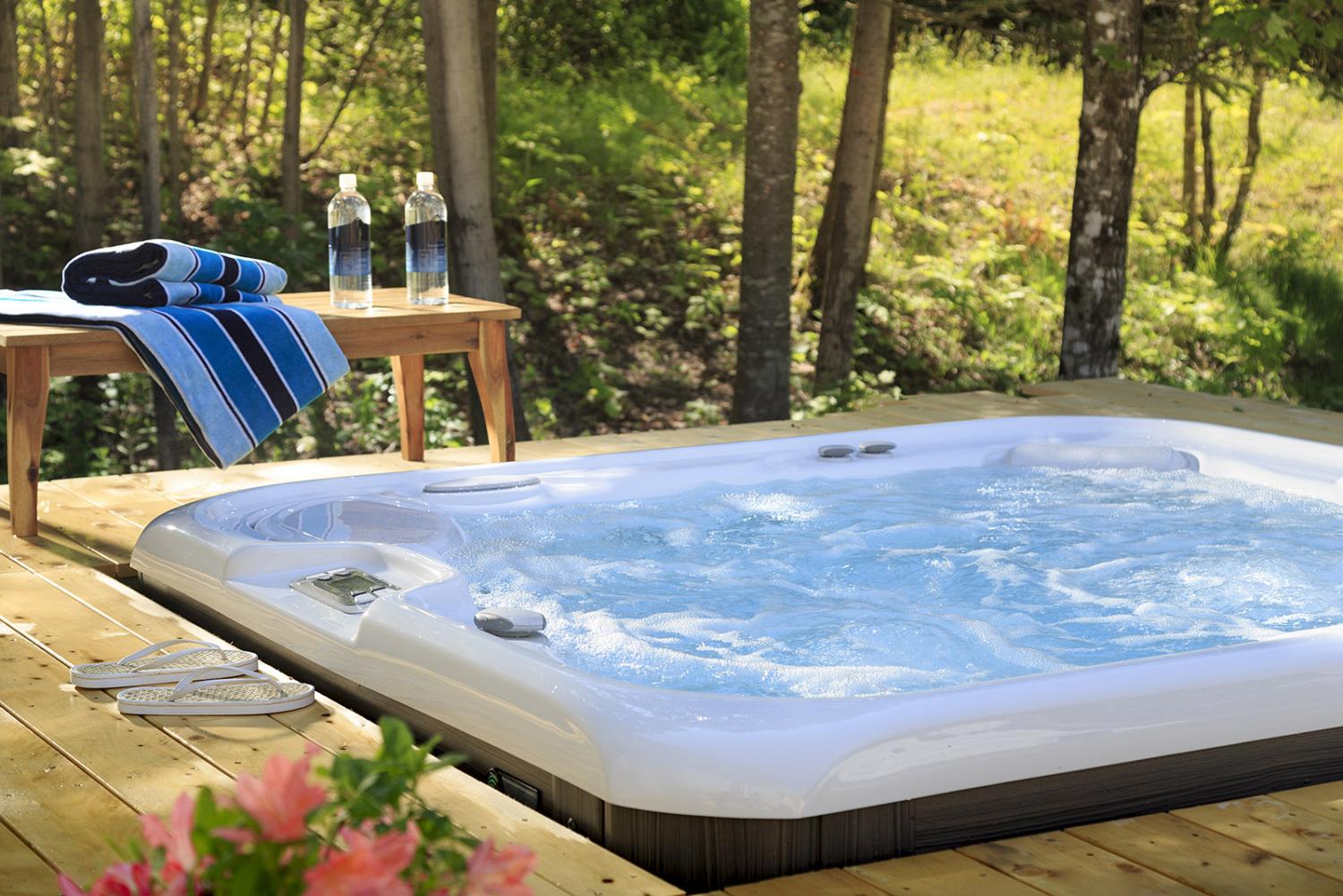
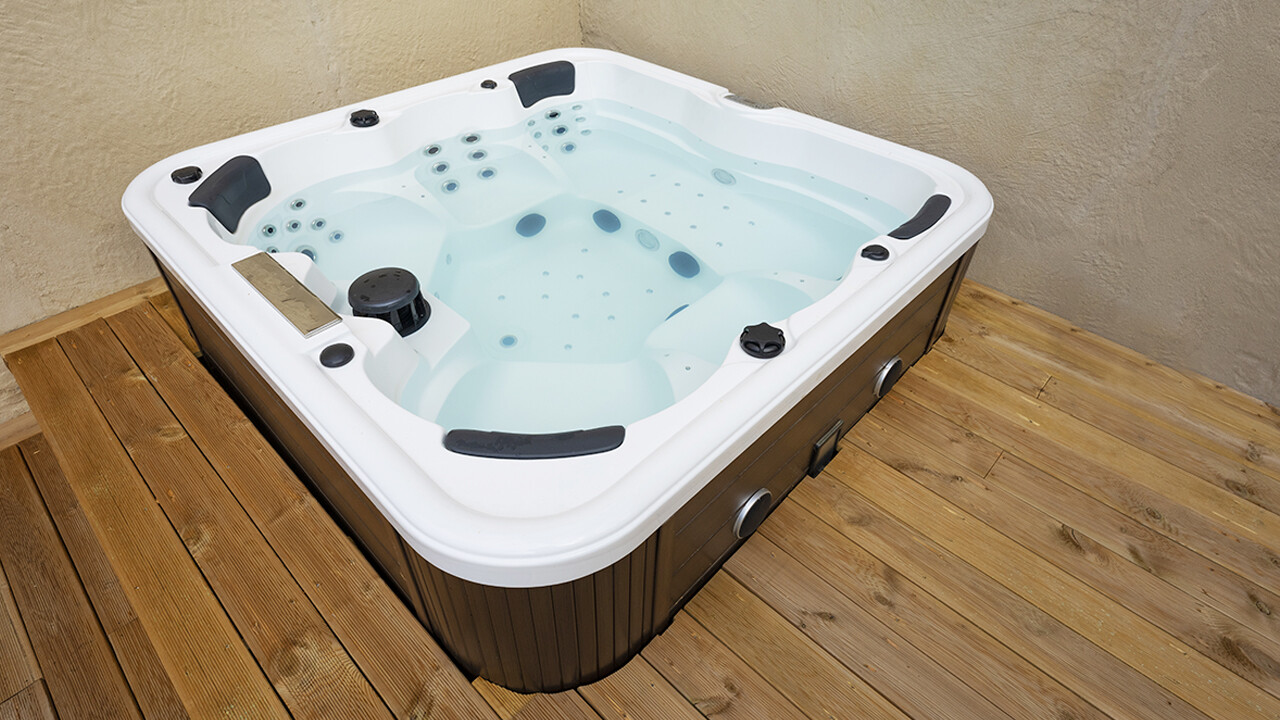

0 thoughts on “How To Take Care Of Hot Tub”